India's great toilet revolution


Leading international companies in the sanitation industry are constantly competing to find more ecological and bacteria-resistant ways to improve toilets. Not only in our own homes, but also in public places, we can now confidently use modern bathrooms equipped with hand dryers with an antibacterial coating and a special HEPA filter, touchless soap dispensers, or waterless urinals designed to eliminate unpleasant urine odors, urinals. In our bathrooms, automation is taking the lead in reducing the spread of germs, while in India there is an intense fight to raise awareness about the transmission of diseases during bodily functions.
In search of a sanitary solution with sanitation workers
The financial situation of the inhabitants of India, who often live in drought-prone and unsewered areas, is extremely difficult. With monthly household earnings not exceeding 10,000 rupees, gathering 15,000 rupees for the construction of a properly secured latrine, allowing for the maintenance of basic hygiene principles, is a task beyond the capabilities of entire villages. For this reason, the local people have been relieving themselves wherever they could for ages - most often, unfortunately, behind some bushes, under the open sky. Those who, like Kokila Damor, a 34-year-old mother of three, did not want to crouch in secluded places, freezing in the rain during the monsoon season or hiding from people in broad daylight, had to find excuses, for example, to visit the hospital and use the toilets there. Equipped with doors, light and water, these toilets were a luxury worth getting up at 4 in the morning for.
Toilet for hygiene's sake
The lack of real toilets is associated not only with discomfort, fear and potential shame if noticed, but also with a huge epidemiological threat. Diseases caused by poor sanitary conditions and water contamination kill about 1.4 million children worldwide each year, surpassing the total number of deaths among minors caused by measles, malaria and AIDS. The Indian government, in response to this problem, decided to launch the "Clean India Mission" and allocated billions of dollars for it over four years, from October 2014 to the same month in 2018, building over 86 million toilets. However, in this country with a population of 1.25 billion people, it is still not enough - although the estimated number of people still defecating in the open has decreased from 550 to less than 150 million, another, slightly more complex problem has emerged on the horizon.
Bathroom conspiracies
Unfortunately, after starting a large-scale campaign to build toilets, it turned out that the problem was not only the need to raise a considerable sum of money. Sometimes, more work had to be put into educating local people about why they should use it at all. Without proper talks and showing how flies feeding on waste left in open spaces transfer dirt to water and food, it often happened that poor rural communities decided to use the public bathrooms built for them as ordinary storage rooms. In order to motivate the population accustomed to their lifestyle to behave more hygienically, it was decided, in addition to further education about health hazards, to establish special morning patrols armed with whistles and catching people in the act and publicly condemning those who relieve themselves outside designated areas.
On the right track
India is not the first country to engage in a vigorous fight against defecation in inappropriate places. A similar campaign, which was carried out with great success, has already taken place in Bangladesh. Of course, it is a country with a much smaller population, but the fact that the local residents were quickly and effectively convinced to move towards toilets instead of bushes is a cause for optimism regarding the success of the war declared by the Indian authorities against impurities.
This post was based on an AFP article.
Ryszard Kurek
All rights reserved. No part of the publication (text, graphics, images, photos, files, and other data) presented in the OLE.PL online store may be reproduced or distributed in any form or by any means without prior permission. All trademarks, graphics, brand names, and other data are protected by copyright and belong to their respective owners.

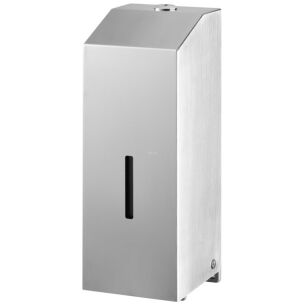


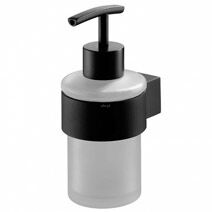
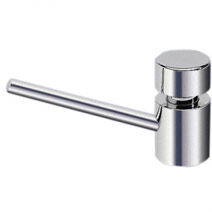







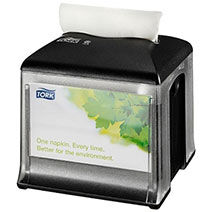

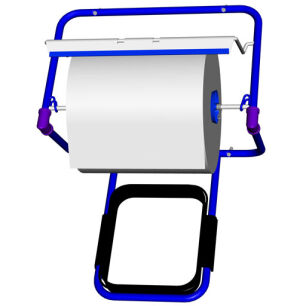

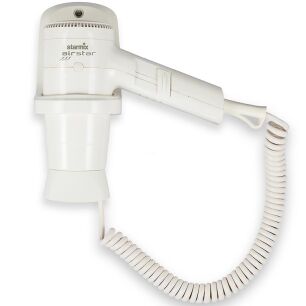
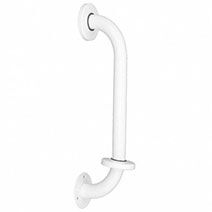



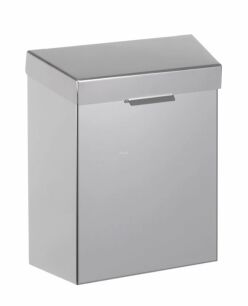

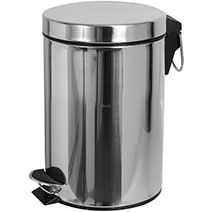
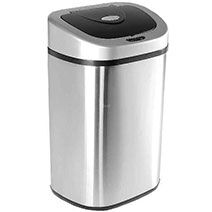
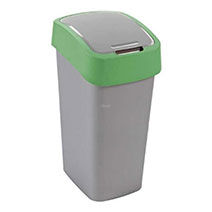
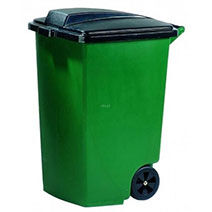
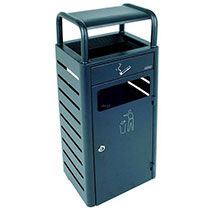
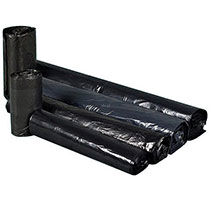
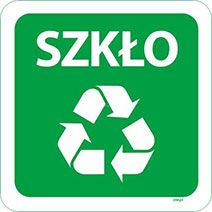
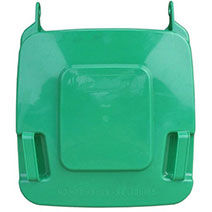









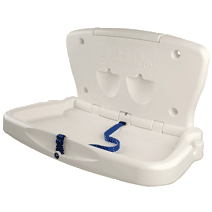


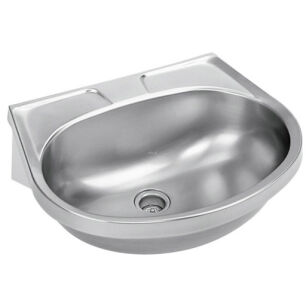






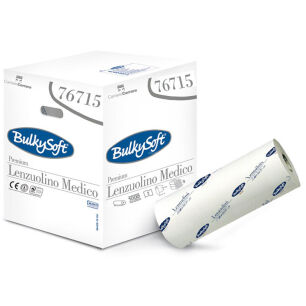






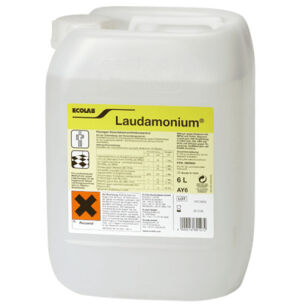







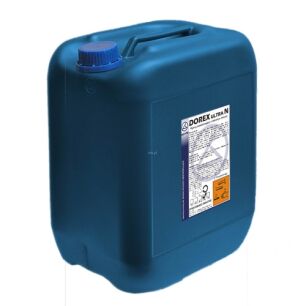
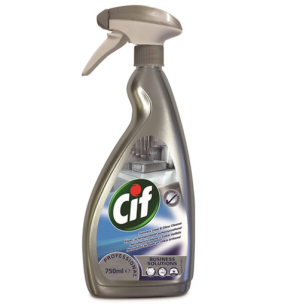
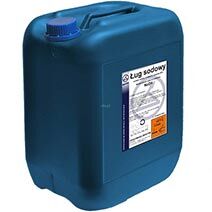

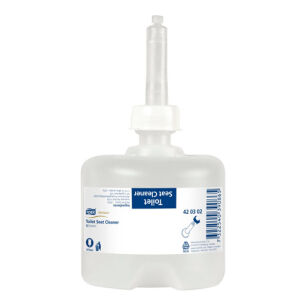





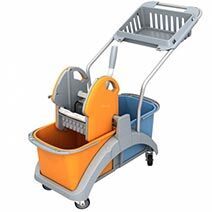
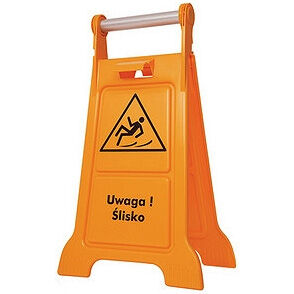


 Polski
Polski
 Czech
Czech
 German
German
 Spanish
Spanish
 Slovak
Slovak